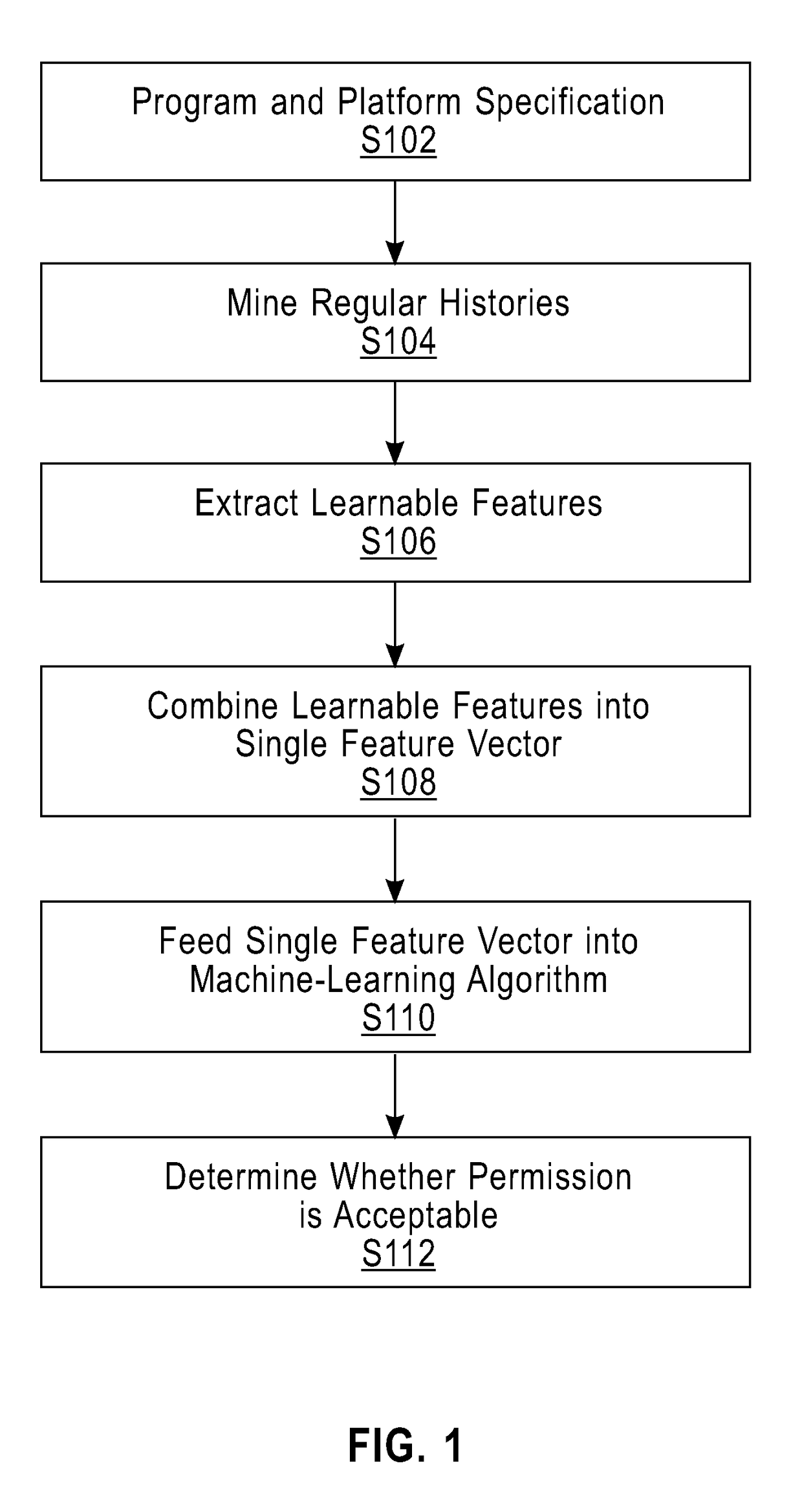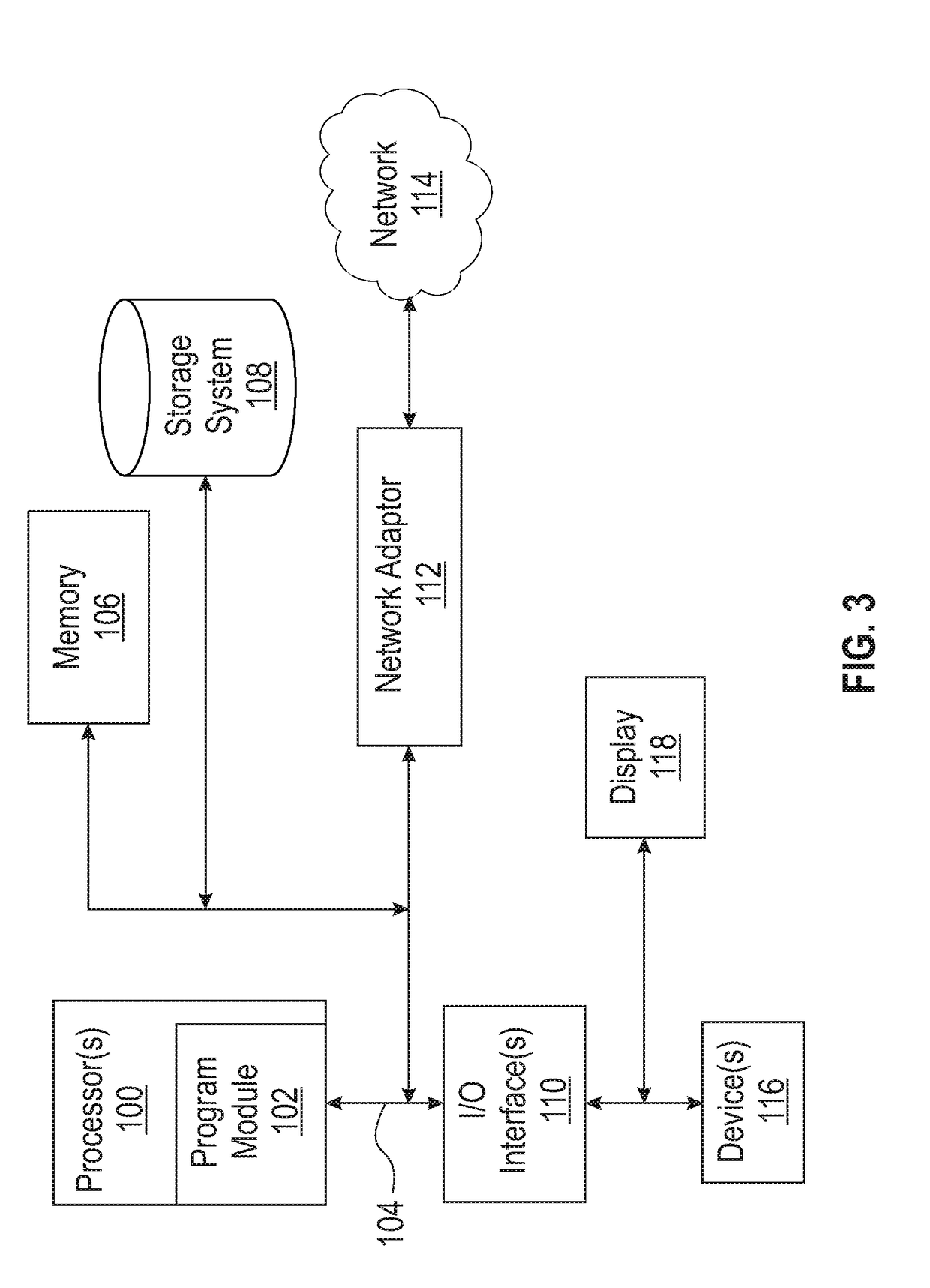Privacy detection of a mobile application program
a mobile application and privacy detection technology, applied in the field of privacy violation detection of mobile application programs, can solve the problems of limited protection against privacy threats, users are typically unable to distinguish legitimate use of private information from illegitimate scenarios, and both platforms cannot disambiguate legitimate from illegitimate use of resources
- Summary
- Abstract
- Description
- Claims
- Application Information
AI Technical Summary
Benefits of technology
Problems solved by technology
Method used
Image
Examples
Embodiment Construction
[0017]Shown in FIG. 1 are the steps of a method of one embodiment of the present invention for privacy violation detection of a mobile application program having a platform specification. The method starts in step S102 with a program P to be analyzed and a specification S of events of interest for the mobile platform of program P. In step S104 regular histories of the mobile application program P are mined. In step S106, a plurality of learnable features are extracted from the regular histories. In step S108, the plurality of learnable features are combined into a single feature vector. In step S110, the single feature vector is fed into a machine-learning-based classification algorithm. In step S112, the method concludes with determining whether the mobile application program P includes one or more permissions for accessing unauthorized privacy data of a mobile application user based on a machine learning classification of the single feature vector.
[0018]As shown in FIG. 2, the met...
PUM
 Login to View More
Login to View More Abstract
Description
Claims
Application Information
 Login to View More
Login to View More - R&D
- Intellectual Property
- Life Sciences
- Materials
- Tech Scout
- Unparalleled Data Quality
- Higher Quality Content
- 60% Fewer Hallucinations
Browse by: Latest US Patents, China's latest patents, Technical Efficacy Thesaurus, Application Domain, Technology Topic, Popular Technical Reports.
© 2025 PatSnap. All rights reserved.Legal|Privacy policy|Modern Slavery Act Transparency Statement|Sitemap|About US| Contact US: help@patsnap.com



